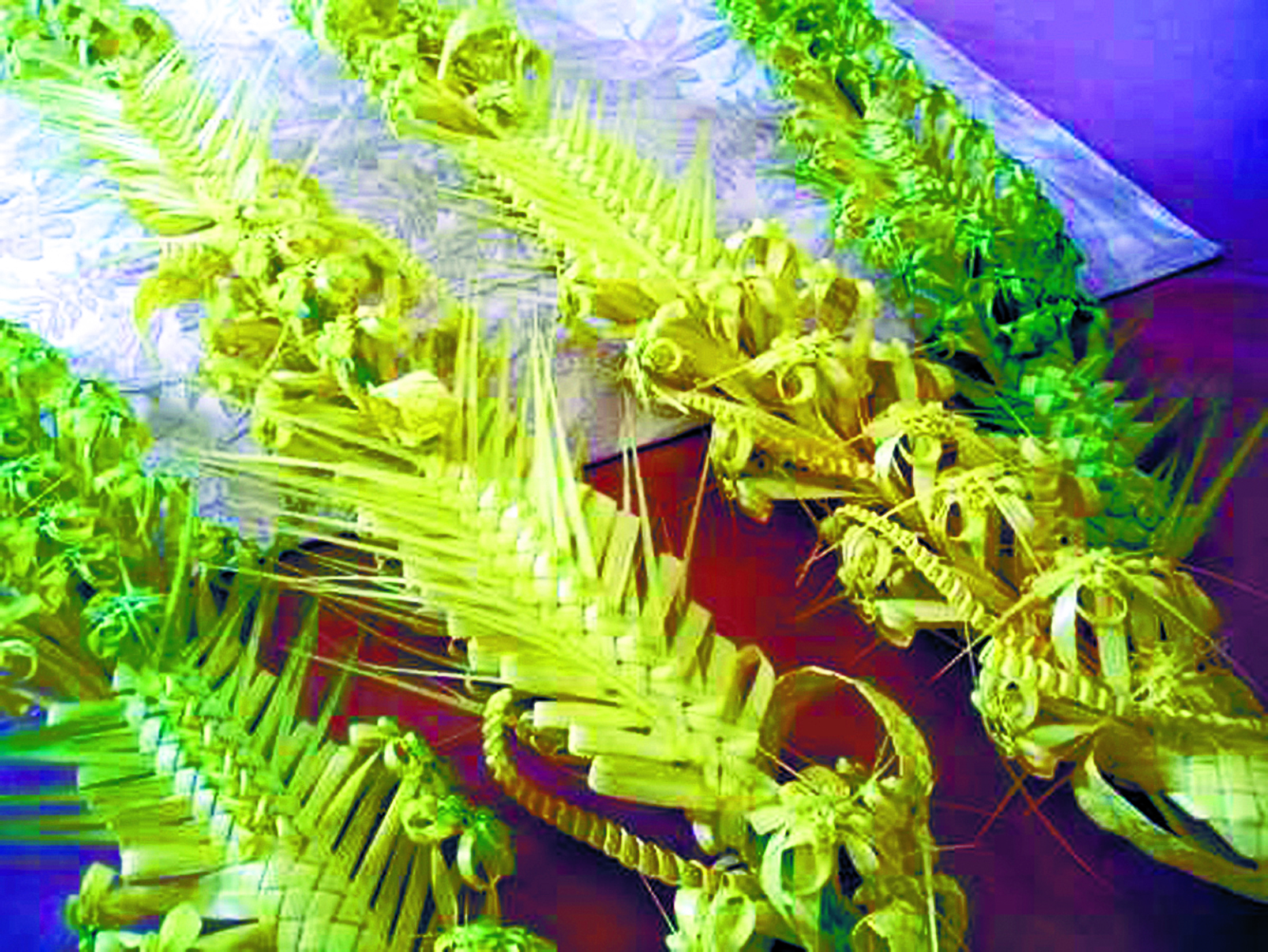How the Palms Reached The Vatican
Known throughout Italy for its palm trees, the town of Bordighera in Italy’s Liguria region lays claim to the legend that the seeds of palms carried across the sea from Egypt first took root on European soil in the town.
Bordighera is in fact the most northern location in Europe where palm trees grow, creating a lush canopy that extends up the hillside from the Mediterranean, around the cluster of modern seaside developments, as well as in the charming Old Town. Bordighera has the distinct honor of supplying its palms to The Vatican for Palm Sunday. The city offers their traditional parmureli to Vatican City in a unique symbolic 450-year-old tradition that has truly withstood the test of time.
The parmureli are palm leaf compositions that are manually woven, an ancient craft that dates back centuries. On Palm Sunday, over 2,000 parmureli are normally distributed in St. Peter’s Square to those present for the annual blessing. One hundred, three foot-long parmureli are presented to the Cardinals, while the Pope receives the largest and most elaborate of the woven palms. This year, due to the virus outbreak, this will be the first time that the presentation of the parmureli will be done behind closed doors.
The tradition of donating the palms to the Pope during the Sunday preceding Easter dates back to the 16th century. The story involves a sailor from Liguria named Benedetto Bresca who saved a sacred monument from destruction and in doing so attained a Papal promise for a special honor for his native city.
In 1586, Pope Sixtus V was putting the finishing touches on the nearly completed St. Peter’s Square. He ordered architect Domenico Fontana to place in the center of the square, a giant Egyptian obelisk which had been brought to Rome in 39 AD by Emperor Caligula. For centuries it had been in the Circus of Nero, adjacent to what is today Vatican City. But moving the structure from that location to St. Peter’s Square would prove to be a Herculean task.
On September 10, 1586, the 85-foot high, 350-ton obelisk was transported by over 900 workers and 140 horses. Upon the thousands who assembled in the square to watch the incredible maneuver was Benedetto Bresca, a ship’s captain from the Italian Riviera town of San Remo-Bordighera. Because it was a very delicate task that required full concentration, the chief engineer told Pope Sixtus that total silence was needed to raise the monument. Thus, the Pope announced to the huge crowd that anyone who spoke during the risky operation would be sentenced to death. As work was underway, the ropes used to raise the massive structure gave signs of fraying and weakening and the obelisk itself began to sway. As a sailor, Bresca knew what the problem was and how to solve it. Despite the Pontiff’s warning, he shouted “L’aiga ae corde!” (water on the ropes!) The head engineer realized the sailor was right and watered the ropes. They became taut and strong and the pillar was raised without further danger to anyone.
Instead of punishing the audacious sailor, Pope Sixtus rewarded him by giving him and his descendants the privilege of providing The Vatican with the famous Ligurian palms for Palm Sunday.





